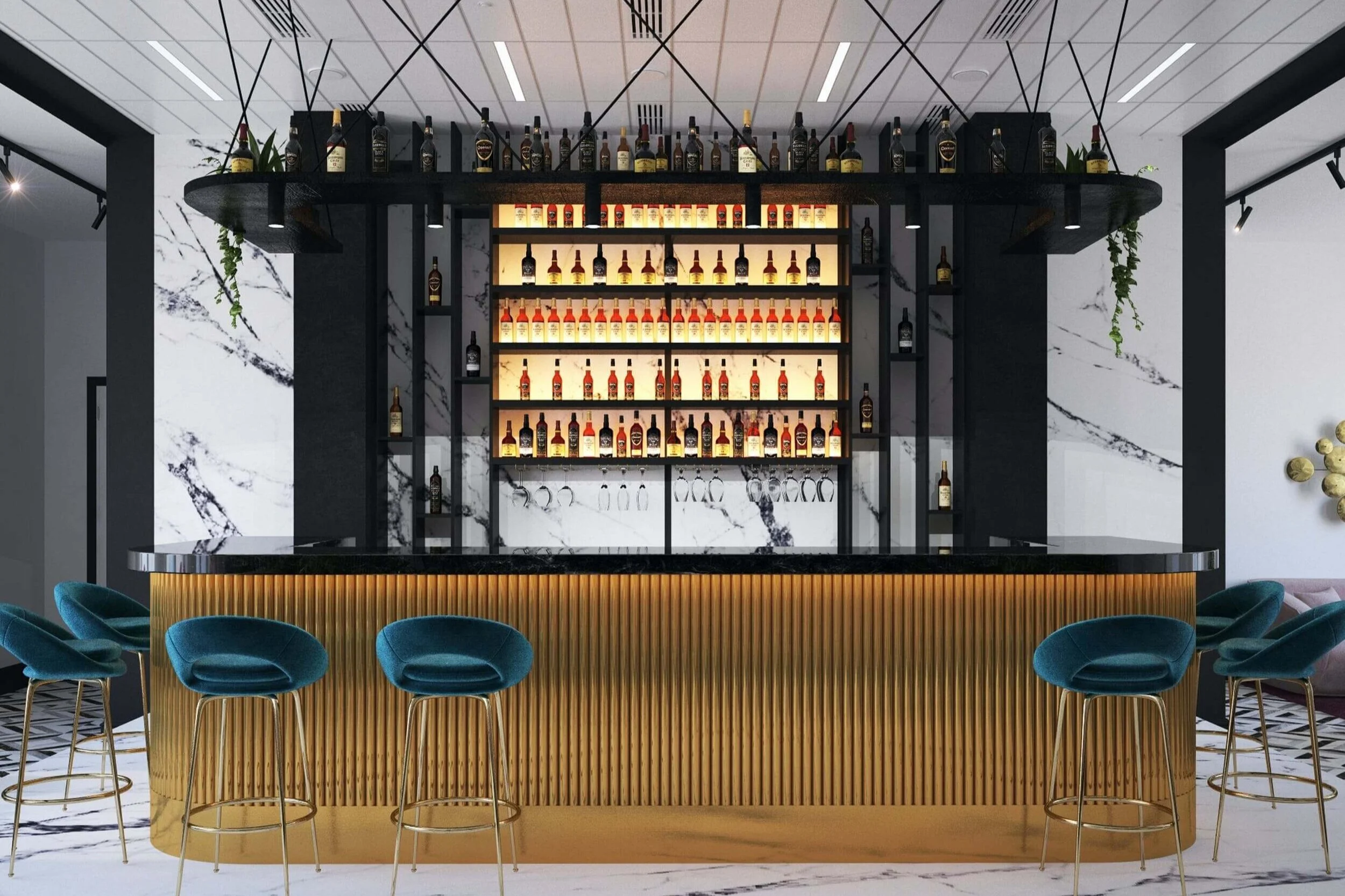Construction Project Delivery Methods Explained
Many variables are in play with any construction project, but one thing always remains the same — communication and interaction among the project owner, general contractor and designer are essential. It ensures everything runs smoothly and no major errors cause the project to fail.
That is where construction project delivery methods come in. Here are the three most common types and what sets each apart from each other. Managers should familiarize themselves with each style and determine what will work best for their company. This will ensure a smooth process and lead to projects being completed on time or even ahead of schedule.
image © pexels
Why Are Construction Project Delivery Methods Important?
It is nearly impossible to complete a construction project without some form of communication plan in place. Choosing the correct delivery method for a given project can boost the likelihood of a successful outcome and reduce the risk of failure while providing an improved level of control for all parties involved.
There are three primary construction project delivery methods, each with its own pros and cons.
1. The Design-Bid-Build Method
The design-bid-build method is the most common for companies that prefer to stick to a simple linear plan, and in many cases, the most successful. Each step must be completed before the next can begin, starting with the design. The project owner then bids for a contractor and moves to the build stage, where the project will come together.
This is a popular method because it’s easy to establish the roles and responsibilities of each participant. It isn’t the best choice for projects where collaboration between design and construction teams is necessary or when there are multiple project owners or points of contact. That’s because it’s easy to get wires crossed, which can cause problems.
2. The Design-Build Method
The design-build method takes one of the steps out of the equation from the previous process. However, that doesn’t mean anything is lacking. This method provides improved collaboration and coverage for single-source teams or those that might have a shorter schedule. Design-build projects may have lower project costs, and the design and construction steps can happen at the same time, rather than waiting on a linear timeline.
The primary negative of this delivery method is that the lack of a bid step means the owner may not have as much control over the design process as they otherwise might. There is also the risk that problems might crop up because there is a lack of checks and balances. It may be necessary to add extra steps or team members to ensure safety and quality requirements are met and no problems arise that could negatively impact the project or company.
3. The CM at Risk Method
The CM at risk model puts the construction manager in the hot seat, giving them more control and functions than they might otherwise have. The CM plays two roles in this delivery method — contractor monitoring and project owner consultant. It has all the benefits of both the previously mentioned delivery methods, but it also has some negatives.
The CM at risk method puts a lot of pressure on the shoulders of the construction manager and can be overwhelming for someone who doesn’t have the necessary experience to wear both of these hats. The fact that the construction manager is the only one responsible for all the subcontracts can also lead to an increased risk of disputes, as well as problems with on-site safety or the quality of the final product.
Determine and Implement the Best Method
IIt’s hard to say which type of project delivery method is best because they all have their pros and cons and function well under different circumstances. A design-bid-build project might be better for a first-time homeowner designing their dream home because it gives them more control over the design process, even though it takes a bit longer to complete the project.
A company contracted to make cookie-cutter-style homes or businesses in a particular neighborhood might function better with a less complicated design-build method.
The important thing is for project owners and construction managers to work together to find a method that will work best for their specific project.
Author Bio: Evelyn Long is a writer and editor-in-chief for Renovated, a web magazine for the home industry. Her work focuses on design and construction tactics for industry professionals.
cover image © pexels







